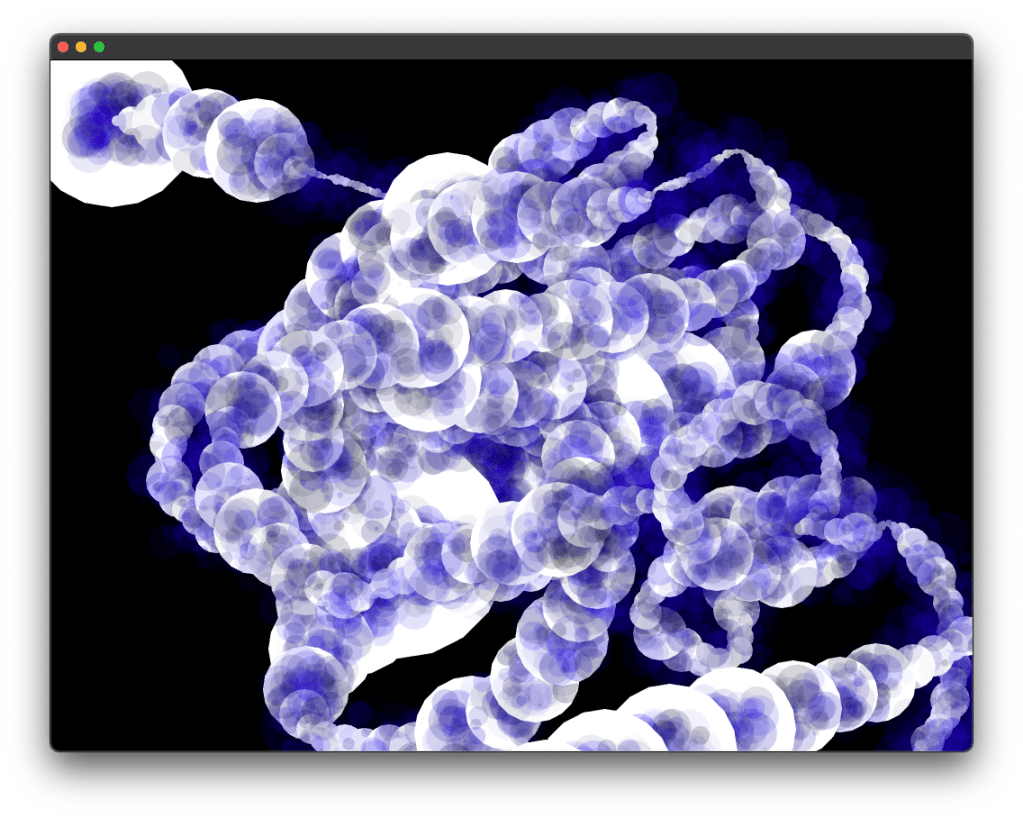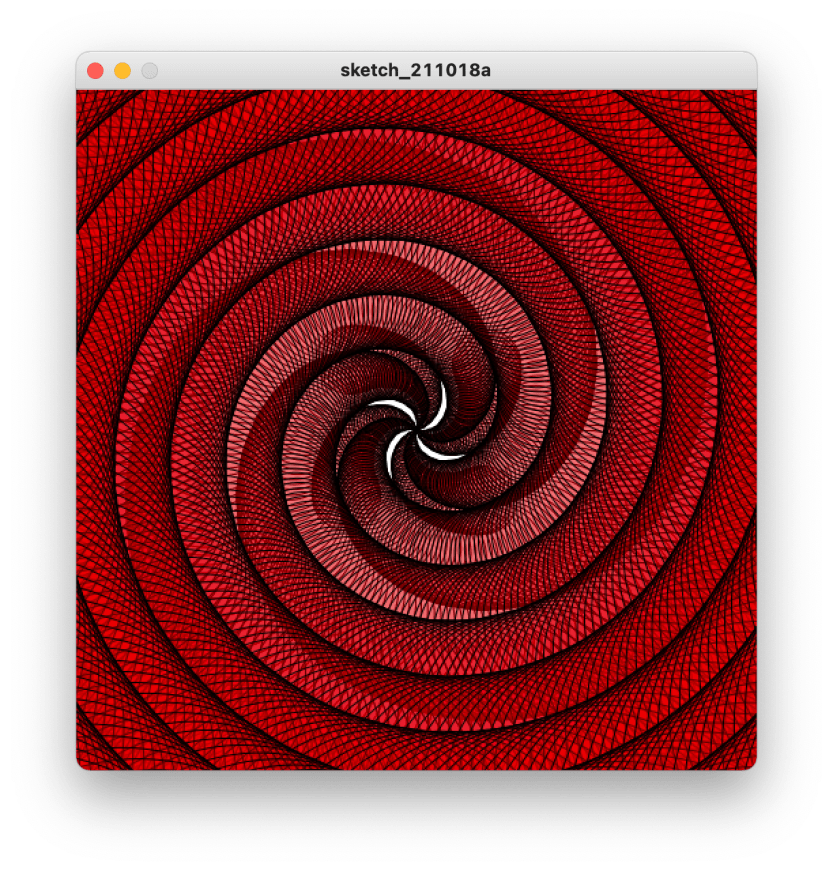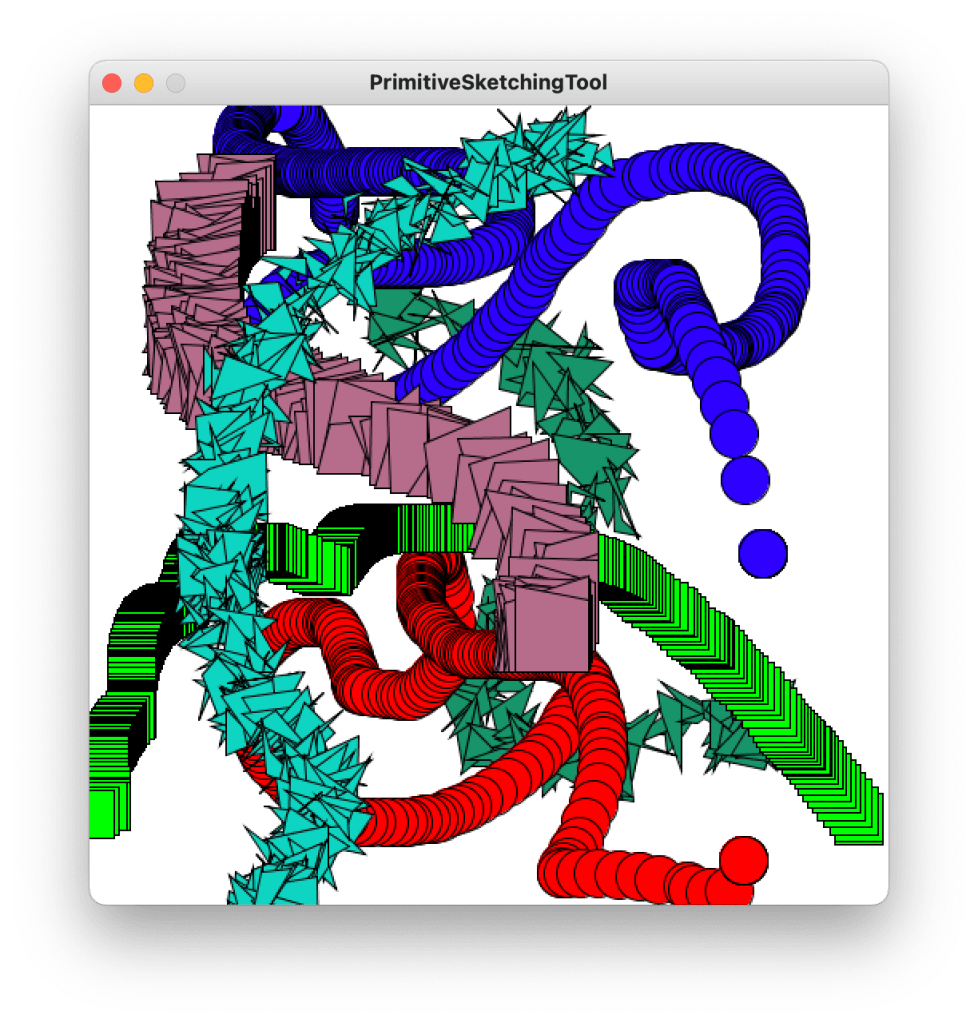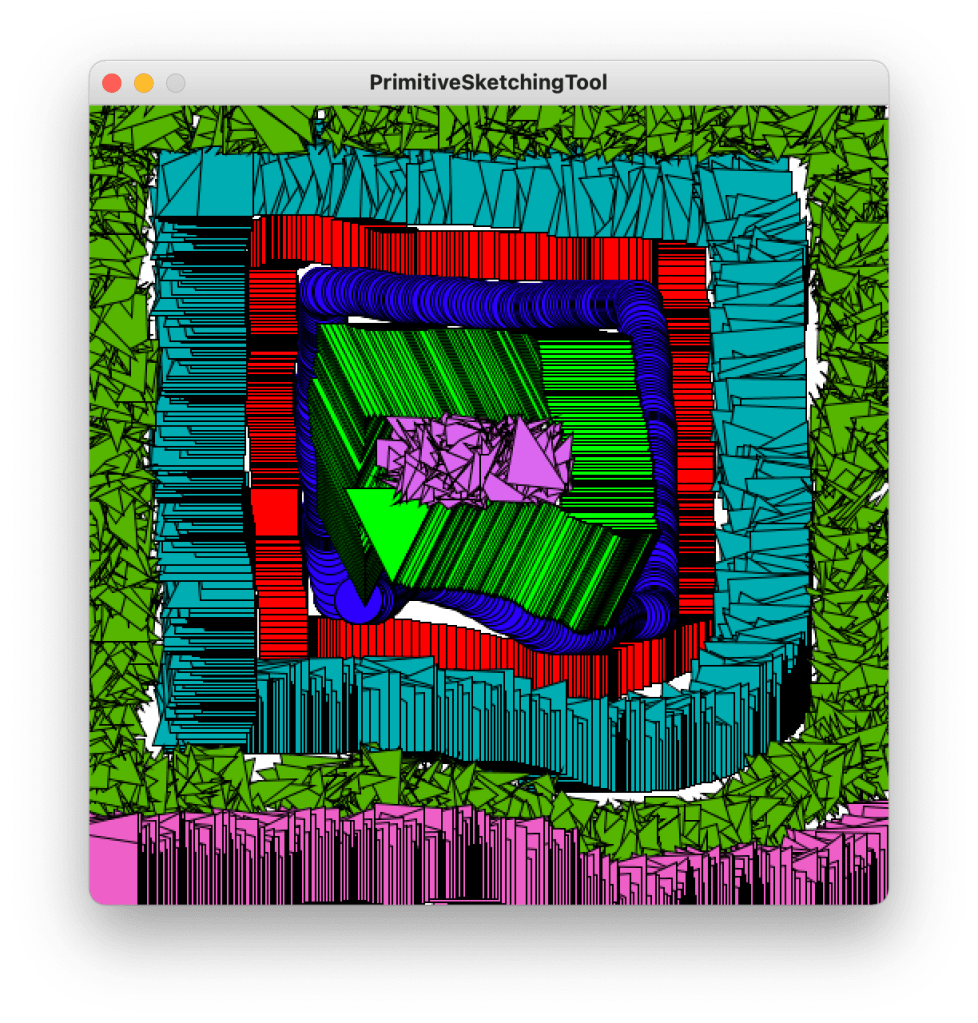Aliveness and Materiality
The thread that began the lecture was the idea of aliveness in art and the materiality of software or generative art. Focussing on the essay “Executing Aliveness” by Winnie Soon points were mentioned about how software has: invisibility, performativity and generativity and that software was akin to conceptual art. Works like those of Sol Lewitt come to mind as pieces of software for the human-machine to compile and execute.
Where aliveness came into the conversation was to do with taking live input data and the artwork responding to that. At this point the “creation” of any visual outcome is simultaneous with the process of that creation, and in such a way, questions can be asked within the work itself about the nature of software and therefore as an art form it “has the power to contemplate its own materiality and language”.
With many of the artworks mentioned below, the work is embedded within a culture, system or society, intrinsically linked to both the viewer/user/engaged audience and the greater surrounding. The material here being invisible allows the artwork to lose any sense of a defined boundary where the artwork ends, and the non-art space begins.
The algorithm as separate, inert and infallible
By claiming to be platforms and mediators, large tech corps, the product of which can be considered the cultural guise of the “Algorithm” in its colloquial sense, outsource responsibilities to the users. In the case of workers, such as Uber, this effectively names them as self-employed through an interstitial space in current employment law that fails to address adequately between the relationship of the worker, their labour and the value it generates for the corporation. To continue with Uber, this layer of separation is also used to distance themselves from the responsibilities of an employer. In this given circumstance, it is used to separate them from the responsibility towards customers who have suffered sexual assaults while using the service. Which it did so by forestalling the handing over of information and reports under the guise of customer privacy.
https://www.bbc.co.uk/news/technology-55332511
Embedded Bias
There can be no such thing as “RAW” data, the act alone of measuring, especially in a human sense already carries with it embedded biases in the choice of type of data, extent of the field of collection, method of collection etc. The example that describes this well is in the creation of facial recognition software that ended up not recognising black faces as the training data had been those who’d written the software and were predominantly white. This exposes further structural biases in the wider society that then reinforces as the technological developments begin to exclude those who do not get to participate in its creation.
The Right to Privacy
What is the right to privacy? And how much can one claim to own the data they create? When we receive applications for free, can we request the right to privacy? Is the cost of using applications such as facebook and other social media, web browsers, mobile games etc.. not simply the passing on of the information of how we use these services and interact with the world around us? I think there are two points to be made in this regard. Firstly is the question as to whether this exchange is a fair one. It is not really an option in modern society to opt-out of these systems and be a functioning, productive, eating member of society when these systems do provide on some level a service of productive efficiency or control within the economic sectors. So on some level, regardless of the compensation it is a coercive system that you hand your data over to and if these companies are then able to use the data collected to create other, profit-making enterprises, but without disseminating those profits among their users, can the initial service provided be considered the real product? Or is it the tool of productive labour operated by the user?
These questions are addressed in Three Thousand Years of Algorithmic Rituals: The Emergence of AI from the Computation of Space by Matteo Pasquinelli, one of the additional texts for the session. The conclusion made is that the data capitalist machine and the develop of AI and modern forms of automation of cognitive labour are efforts to aggregate and privatise collective knowledge. The given example being self-driving cars, with driving being a social and culturally malleable activity with laws both written and unwritten about how to behave and what to expect on the road, and that it is this, not the manual act of moving a car that provides the challenge for an AI, and also it is here where the value is, a value that has grown and developed as a communal effort but is now being distilled into its digitised algorithmic form for profit.
Something that was mentioned, but I forget who it is attributed to was “It remains to be seen if gdpr becomes worldwide or if it becomes a paradise island trying to retain state authority.”
Emergent Intelligence
The algorithms we rely on make decisions for us based on inputs they receive and the collective weight of these decisions create a hydra that is larger than any single entity within it. Though the product of the engineers and designers who create them, the algorithm (again in its colloquial use) isn’t simply that. There is no centre, no singular creator the thing becomes the entity itself. Feedback loops between the various systems at play within a network such as Google’s build out consequences that could not be predicted. I often think of large corporations such as google, or any financial firm in their legal sense as entities of themselves, not merely the umbrella name for the people who work within. Yuval Noah Harare talks of these as collective myths, analogous to the way Greek temples would compete for worshippers by advertising the virtues of their gods how we might call brands of today. It is within this framework of self-definition that I find the actions and considerations of companies such as Google or Facebook to be interesting. It would be a mistake, I think, to imagine them as being steered to the ideals and whims of singular (men) individuals who carry the mantle of business genius. The institutions themselves have the same goal as any living being, survive, grow, reproduce. And to this end I believe is the decision making system of a business, that is then reflected by algorithmic production, survive, grow, reproduce and in doing so exhibit a form of emergent intelligence within an ecosystem entirely built within the minds of human beings.
Artists:
Natalie Jeremijenko, Live Wire (Dangling String), 1995
Black Shoals Stock Market Planetarium, Joshua Portway and Lise Autogena (2000-1)
- a visualisation of exchange of information, value increasing with exchange of information, all live. They wouldn’t exist without the data processing of the network. Integrated into the tech/culture/society
Listening Post, Mark Hansen and Ben Rubin
- intrusion, privacy, representation of live info
Helen Pritchard, Winnie Soon, 2012 ‘If I Wrote you a Love Letter Would You Write Back? and thousands of other questions’
- a workshop, a live elaboration being coded on the workshop. Presented as a sound piece.
MUC Love Letters
- A structure through which an algorithm constructs a seemingly meaningful absurd letter
- If I wrote you.. uses a live dataset but follows a similar idea
Robert Morris – A box with the sound of its own making
Bryan Chung “50 . Shades of Grey”. 2015
- pick up on the fact of something erotic, looking underneath the surface. A sensual dimension to the code. How one explores this sensuality is the work of the artist.
- ((Futurama robo-porn mags))
GEO GOO Jodi, 2008
- works that hack into or repurpose software used commonly to represent the environment
Biennale.py, 2001 Eva and Franco Mattes
- addressing issues such as the legality of software
- ((-how do the computers disinfect each other?))
Addie Wagenknecht, 2014, Kilohydra…
- -shows the process, something going on, but we don’t see the product. Starts looking at the new technological worlds that are independent of use. It is not something that we can inhabit. Exclusionary of the human
- Data and Dragons: Cloud Farming, 2014
– re-contectualizing system hierarchy as a portrait of of data
- -problem of visualising something that is imagined, does not have a body and therefore is invisible
The work CBT(Coding:braiding:transmissions) 2017
- writing code with a set of hand gestures
CPU DUMPLIGNS by TAEYOON CHOI, 2014
- Illustration of an algorithm as a cooking recipe. Non-centralised process.
Maurizio Bolognini, Programmed Machines, 1992-97
- Raise questions into anthropocentrism
- OOT
Cory Archangel, Supermario Clouds, 2002
- Walking into the space of the liminal image
Margaret & Christine Wertheim, Crochet Coral Reef, 2005-ongoing
- -hyperbolic geometry
- – irregularities in the coding makes the shape take on natural shapes like underwater plants
- – not imitation of nature but nonetheless natural
- – Enlisted many crochet elements around the world.
- – code but non-computational, collective approach, mostly women, by mostly non-artists
Questions:
Three Thousand Years of Algorithmic Rituals: The Emergence of AI from the Computation of Space – Matteo Pasquinelli
– Examines self driving cars, has to take information from different areas
– Hard coding of a collective knowledge into a single, owned product
– Who’s labour and who’s ownership?
– Whole notion of data capitalism is the mining of our labour
– Is the use of these platforms a fair exchange?
Thoughts:
Notion of Morphogenesis:
- he way in which something has taking its shape/distribution/orientation
- Manuel DeLanda, “morphogenesis describes such an entanglement between stable forms and material processes’
- idea and material do not exist independently
Algorithm as being presented as infallible and machinic. It is a cultural handle that names something much broader than its industrial definition
- problem of ownership, companies that own the software don’t feel responsibility for ownership of the consequences
- facebook/Instagram finding issues with use of SM at young ages
Texts:
Winnie Soon, Executing Liveliness, 2016
- Software has: invisibility, performativity and generativity
Gilles Deleuze, “Post-script of the societies of control”
Jordan Crandell, “Movement, agency and sensing: A performative Theory of the Event”,2011
- These artworks are challenging the role of the human, as the author, the viewer, the owner etc
Categories: Uncategorized








